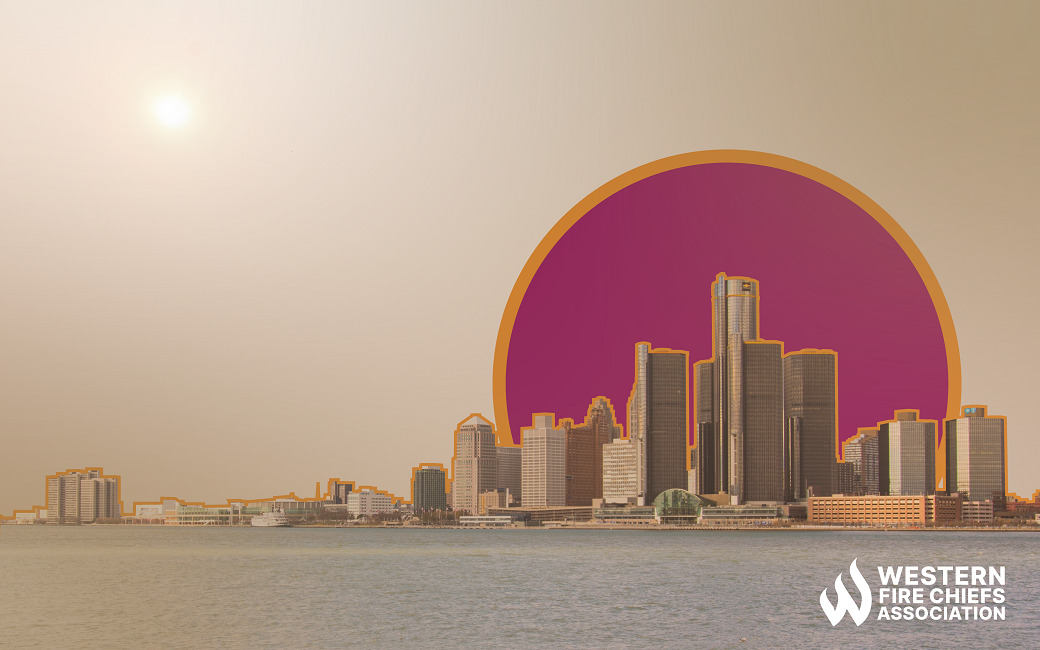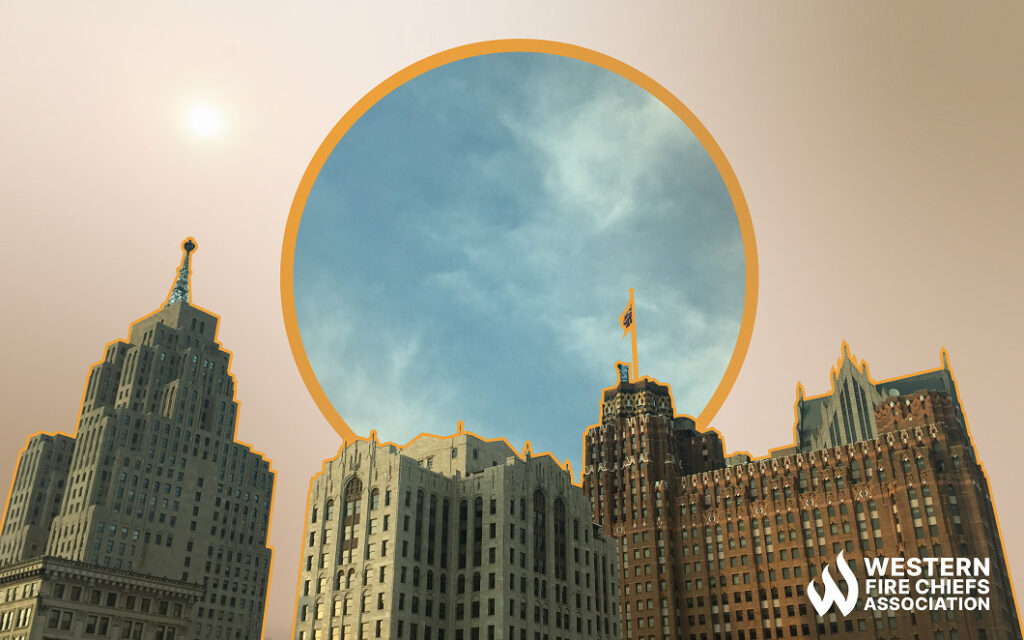Fire Pit Safety Tips
Stay safe around the campfire with tips from the Western Fire Chiefs Association. Learn essential precautions and practices for a worry-free outdoor campfire.
Explore the Michigan fire season with details from the Western Fire Chiefs Association (WFCA). Learn when it is, how long it lasts, risk factors and more.
Published:July 18, 2023
Edited:March 1, 2024

Explore the Michigan fire season with details from the Western Fire Chiefs Association (WFCA). Learn when it is, how long it lasts, risk factors and more.
Michigan is bordered by four of the five Great Lakes in the United States: Superior, Michigan, Huron, and Erie. The state includes an Upper Peninsula, connected to Wisconsin, and a Lower Peninsula, which touches Indiana and Ohio. While this region is typically humid enough to avoid major wildfire damage, Michigan is still at significant risk for human-caused wildfires. This risk is growing as climate change affects temperatures and weather patterns. Learn about Michigan’s fire-adapted ecosystems and some ways to help prevent wildfire in this area.
According to the Michigan Department of Natural Resources, most of Michigan’s wildfires occur in the spring, between April and June.1
Michigan experiences more wildfires during the spring, after the snow melts. Dry, windy days can spread wildfire quickly due to low humidity and the wind’s ability to carry burning debris.2
In the spring, rising temperatures and decreased humidity in Michigan dry out vegetation from the previous year. A single ember can ignite a wildfire under these conditions.1 Most trees in Michigan are northern hardwoods and conifers, which are leafy hardwood trees that do not burn easily. However, the jack pine is also common in the state and its seeds are released by fire, which makes it very susceptible to burning.3
Nationally, nearly 90% of wildfires are human-caused.4 In Michigan, the most common cause of wildfire is people burning yard debris.2 To reduce wildfire risk, Michigan residents should monitor any fire or smoking material until it is completely extinguished and never light a fire on windy, dry days.5 Michigan residents can check the need for burn permits in their county.6
Additionally, it is important for Michigan residents and visitors to have fire extinguishing tools. Fires in rural and forested areas of the state are harder to control due to a lack of local firefighters. People in remote areas of Michigan are encouraged to have a plan for wildfire safety and use wildfire mitigation strategies on their property.2

Michigan’s ecosystems encompass deciduous forests and swamps, pine and conifer forests, marshlands, bogs, meadows, and prairie.7 Because of these wide-ranging ecosystems, as well as varied land management practices, it is difficult to predict how wildfire risks will change throughout the Great Lakes region. Climate change will affect forest health and raise wildfire risk in the summer as Michigan temperatures increase. Rising temperatures also contribute to more droughts and lightning activity.8
Michigan firefighters respond to between 10,000 to 12,000 wildfires each year.2 Many of these are small fires, but there has been significant fire damage throughout the state’s history. The largest Michigan wildfire in the 21st century was the Duck Lake Fire, which started from a lightning strike on May 24, 2012. The fire burned over 21,000 acres in just a few days.9 Below is a list of recent major wildfires in Michigan.
| Oats Fire (2023)10 Start Date: 6/3/2023 Location: Iosco County Acres Burned: 100+ Cause: Unknown | Wilderness Trail Fire (2023)11 Start Date: 6/3/2023 Location: Crawford and Iosco Counties Acres Burned: 3,000 Cause: Human caused (campfire) |
| Blue Lakes Fire (2022)12 Start Date: 5/11/2022 Location: Montmorency and Cheboygan Counties Acres Burned: 2,516 Cause: Lightning | Horne Fire (2021)13 Start Date: 8/10/2021 Location: Isle Royale Acres Burned: 335 Cause: Lightning |
| Brittle Fire (2021)14 Start Date: 4/23/2021 Location: Iosco County Acres Burned: 5,781 Cause: Human (escaped prescribed burn) | M-72 Fire (2020)3 Start Date: 5/22/2020 Location: Crawford County Acres Burned: 105 Cause: Unknown |
| Oak Fire (2018)15 Start Date: 5/1/2018 Location: Newaygo County Acres Burned: 105 Cause: Unknown | Grayling Fire (2018) Start Date: 5/1/2018 Location: Crawford County Acres Burned: 44 Cause: Unknown |
| Bond Mill Pond Fire (2018) Start Date: 5/1/2018 Location: Wexford County Acres Burned: 79 Cause: Unknown |
Prior to European settlers arriving in Michigan, wildfire was common. Fires started either by lightning strikes or the native people in the area. Forest, prairies, and wetlands in the state burned with varying degrees of intensity. Native tribes, such as the Potawatomi Indians, planned and implemented controlled burns to cultivate food and attract wild animals for easy hunting.16
In October 1871, wildfires spread across the Upper Midwest, killing thousands of people and destroying millions of acres. Several factors led to the wildfires that burned in Michigan during this deadly fire season, including drought, logging and agricultural clear-cutting, human ignorance about fire dangers, and weather conditions.17 In the last 150 years, the United States has adopted a culture of fire suppression that prioritizes timber and human property. This approach affects Michigan’s ecosystem, as prairies are consumed by encroaching forests.18 Currently, controlled burns are starting to be used to support native plants and pollinators, prevent invasive species, and maintain Michigan landscapes that rely on regular fires to clear the land.16
Stay safe around the campfire with tips from the Western Fire Chiefs Association. Learn essential precautions and practices for a worry-free outdoor campfire.
Discover essential firework safety tips to ensure a dazzling display without accidents. Learn how to celebrate responsibly with expert guidance from WFCA.
Explore the role of AI in wildfire prediction with guidance from the WFCA. Learn how advanced algorithms and data analytics enhance early detection and response.